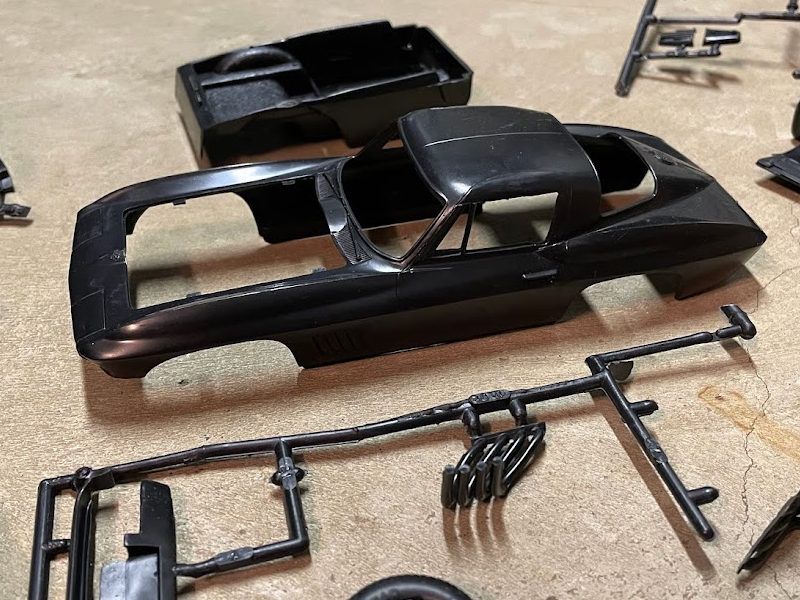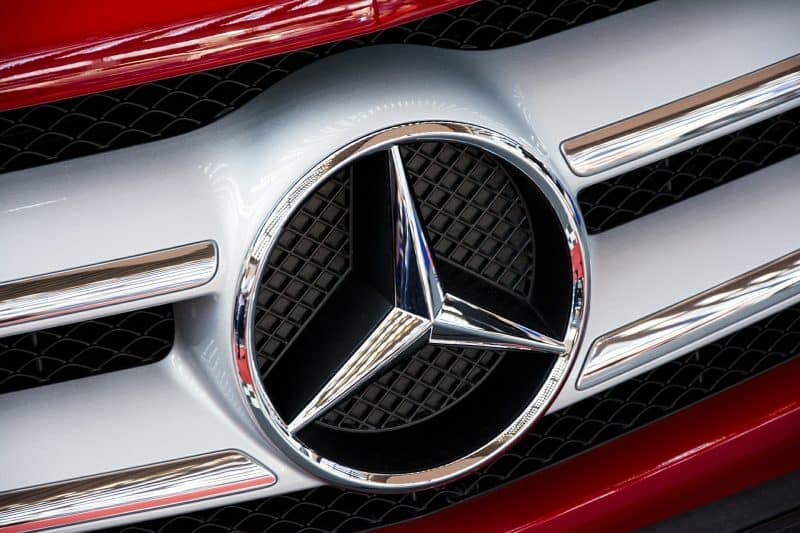3D Printed Car: Germans Can Print Cars While the Rest of Us are Using Duct Tape and Staples
It’s a known fact that the Germans pretty much set the curve for innovation in the automobile industry.
The Mercedes S-Class alone was the first with dozens of innovations, never before seen on any other car, most of which are standard equipment on even the cheapest autos today. AirBags, Traction Control, Crumple zones and active seat belt tensioners are a few of the features we take for granted, which were bought to market by the German, Mercedes S-Class.

Now, 50 years after the introduction of the S-Class, German engineering firm, EDAG, is bringing about a manufacturing innovation which could transform the industry, the 3D printed car. Normally reserved for items “smaller than a breadbox,” 3D printing is one of the hottest trends in engineering, manufacturing and design. 3D printed items are usually made of plastic or resin for rapid prototyping or casting. The EDAG process is similar although it has the opportunity to incorporate a continuous feed of carbon fiber for superior strength and light weight. This carbon fiber application would be similar to those in fishing poles and golf clubs but for the entire frame of the 3D printed car.
“By introducing endless carbon fibers during the production process, it is also possible to achieve the required strength and stiffness values. Even though industrial usage of additive manufacturing processing is still in its infancy, the revolutionary advantages with regard to greater freedom in development and tool-free production make this technology a subject for the future.”
The prototype is sleek and strong, looking to be built for speed. In actuality the genesis of the design is based on the turtle’s shell, a component which would be nearly impossible to create with traditional manufacturing processes, but simple with 3D printing.
“The framework of the exhibit calls to mind a naturally developed skeletal frame, the form and structure of which should make one thing perfectly clear: these organic structures cannot be built using conventional tools! In the future, additive manufacturing could benefit designers and engineers by opening up enormous freedoms and new design options for development and production.”

German innovation and design are a driving force in manufacturing. We are always looking forward to what the Mercedes S-Class brings to the parts, now we will be watching EDAG in the same way.
Subscribe Today!
Get more of this great content sent directly to your inbox
Adam Beck
Latest posts by Adam Beck (see all)
- 2025 Industrial Marketing Summit Announced for February 26-28 in Austin, TX - May 31, 2024
- Engineering the World’s Longest Solar Eclipse - April 9, 2024
- How AR CAD Models and Apple Vision are Helping Engineers Become Tony Stark - March 12, 2024


